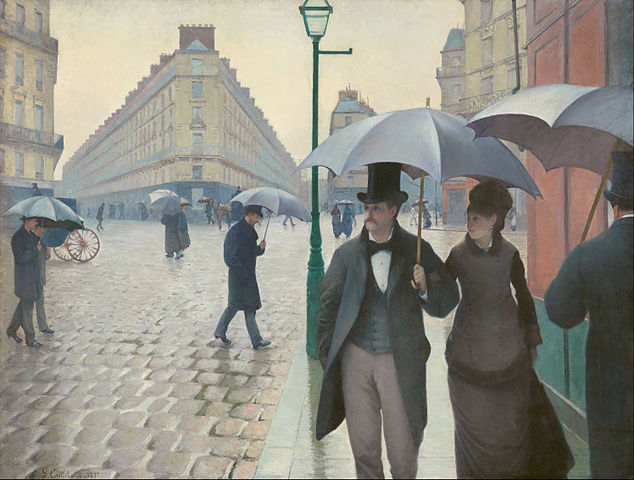Weather
constantly affects our mood. It is as if we were the creatures of the ocean,
drifted by the unpredictable ebbs and flows and with the convergent water as
the sky that overhung us. We are the ill-fated ones who are cooped up beneath
the hemisphere. Some wily magician, with his sleight of hand, conjures up
natural happenings that we ever abiding by.
Our
volatile moods seem the only conscious beings that know how to rebel. We sulk
as our moods are dampened by the gloomy weather. All elements war within our
bodies and we expose the emotions on our facades: a ruddy redness that
encircles our cheeks, like a feverish child entrapped in his fitful dreams. I,
however, feel relatively lucid when days are overcast. With no sunlight that
blinks my eyes I can stare unflinchingly towards the infinity. And no fogs can
blur our image. We are like the characters in the old movies who manage
miraculously to poke through piles of dense blue smoke.
Blue is not
merely a common word to describe our interminable phase of melancholia. Days
are the gloomiest when the sky is blue- not the bright-blueness that seems
drenched by sunbeams, but one infused with the miserable black and grey.
American-born, British-based artist James McNeill Whistler’s gloomy day is
accompanied by music, that of a nocturne- the music of the night, the music of
the harmony. All objects seem to be reduced to their dark silhouettes when fog
and haze gather. They all become the phantoms that drift aimlessly about the
sea, desperate to find an anchorage. Like a typical Impressionist landscape
painting, colours fleet as if driven by wind. The dark colours do not make an
oppressive throng. The painting depicts the sky before which is beset by the
gathering clouds. Little lights of yellow dance upon the placid water- they are
like the fairies that flit through the thick of a forest.
One cannot
talk about landscape paintings without mentioning J.M.W. Turner, whose volcanic
eruptions series bestow on me an impression of how the acme of love might be
taken form. Moonlight, A Study at
Millbank (1797) is not technically a depiction of gloomy weather, but it
does set a similarly forlorn tone. The colour of the sky almost mingles with
that of the seashore, smudged with muds and grits. It is just before dawn and
the setting moon reasserts itself as a burning mirror. Lonely and painstakingly
the incensed moon struggles against its involuntary descent to exert its last
force. But it somehow fails to illumine all.
Once you
muster up optimism, you conquer all negativities. Strollers in Gustave
Caillebotte’ Paris Street; Rainy Day
(1877) seem hardly affected by an occasional downpour. See how the cobble
street glistens when brimmed with raindrops! The rain cleanses rather than
spoiling the image of this charming city. Another noteworthy fact of this
painting is how the painter takes a slightly off-kilter focus- almost like a
chance snapshot of photography. Notice how neither the building nor the lamp
post is at the centre of the painting. The severity of harmony and symmetry
that was once the insistence of tradition is now utterly dismantled.
Is it all
pure coincidence that most “gloomy weather” paintings seem to disregard the
conventions and matters that a great artist is supposed to take into
considerations? Once our eyes are disturbed by the vagueness of fogs or rain,
we have no other means but to consult the more fanciful things, principally the
imaginations or the illusions. That sums up what I said previously of a
relatively lucid mind when days are overcast. A butterfly might be caught
within a mist, its presence barely perceptible. You only see a fleeting red
slides across your eyes and inevitably you start harking back to those days
when, in a self-same manner, you lost the sight of that beautiful something.



Comments
Post a Comment